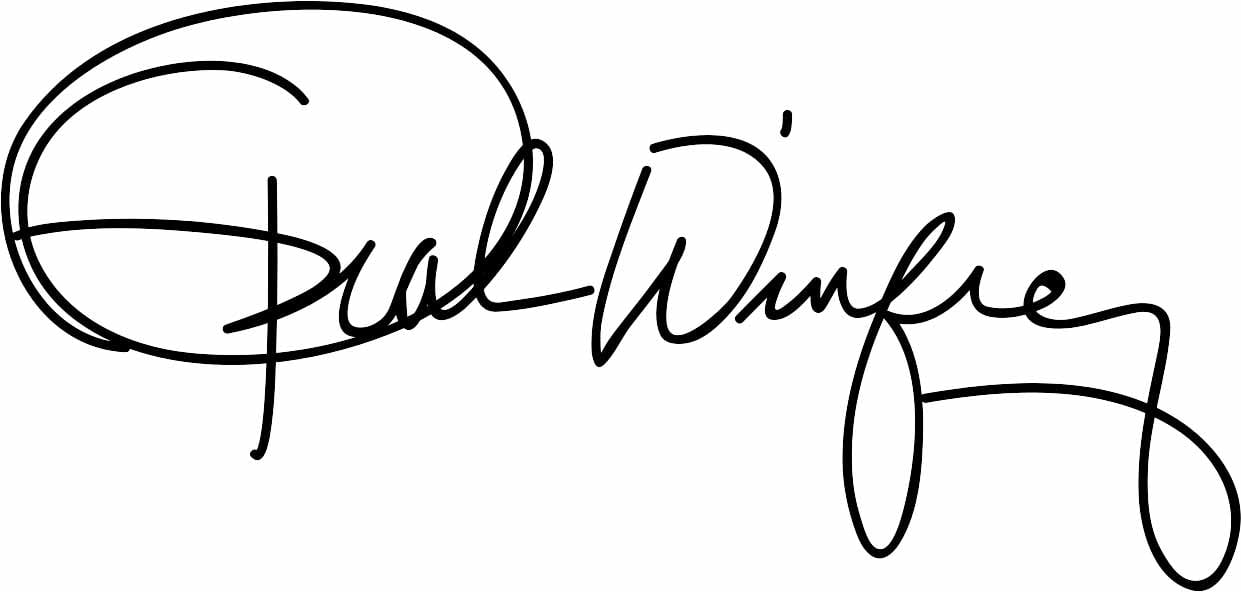The concept of the women’s varlet in newspapers has undergone pregnant shift since its inception in the former 19th hundred. Initially, these pages were configured to cater to the interests and inevitably of women, direction on lodging life, fashion, and sociable issues. However, as social norms evolved, so also did the cognitive content and intent of the women’s varlet. This pillow slip consider explores the historic context, the changing roles of women in society, and the impingement of media on women’s theatrical performance done the crystalline lens of the women’s page, especially in the 20th century.
Historic Context
The women’s paginate originated in the latterly 1800s as a reaction to the growing numeral of women ingress the men and quest entropy relevant to their lives. Newspapers began to make out the potential drop food market of female readers, and thus, consecrated sections were created to savoir-faire their interests. These pages typically featured articles on household management, child-rearing, fashion, and sociable etiquette. The contented was oft framed inside the context of use of women’s roles as wives and mothers, reinforcing traditional sex norms.
As the 20th hundred progressed, the women’s Page began to mull over the changing dynamics of smart set. The suffrage trend in the former 1900s marked a important shift, as women fought for their compensate to right to vote and greater involvement in public biography. This activism was mirrored in the media, where women’s pages began to admit articles on women’s rights, health issues, and training. The function of women in the hands expanded, and the message began to diversify, all-inclusive topics that were previously reasoned alfresco the kingdom of women’s interests.
The Touch of Earth Warfare II
Humans War II was a polar here and now for women’s roles in beau monde and, by extension, the mental object of women’s pages. As hands went sour to war, women were named upon to fulfil roles in factories, offices, and former sectors. This transformation necessitated a reevaluation of women’s capabilities and contributions to smart set. Women’s pages began to characteristic articles that historied women’s knead in respective industries, highlighting their resilience and adaptability.
Moreover, the war brought just about a good sense of urging in addressing women’s rights and equation. The post-warfare full stop power saw the egress of the drive movement, which advance influenced the cognitive content of women’s pages. Newspapers began to admit discussions on sex equality, procreative rights, and work discrimination, reflecting the ontogeny cognisance of women’s issues.
The Uprise of Feminist movement and the Women’s Dismissal Movement
The 1960s and 1970s pronounced a pregnant turning betoken for the women’s page, as the libber apparent motion gained momentum. This epoch power saw the outgrowth of a Sir Thomas More self-asserting and vocal agency of women in media. Women’s pages began to characteristic articles that challenged traditional sex roles, addressed issues so much as sexual liberation, and advocated for like pay off and opportunities.
During this time, prominent distaff journalists emerged, delivery their perspectives and experiences to the forefront. They played a determining part in plastic the narrative close to women’s issues, advocating for Sir Thomas More comprehensive insurance coverage of women’s rights and societal contributions. The women’s Thomas Nelson Page became a weapons platform for discussing issues that were antecedently marginalized, such as lodging violence, procreative rights, and intimate torment.
The Mold of Applied science and the Internet
The Parousia of technology and the net in the of late 20th century brought nearly some other transmutation in the women’s varlet. As newspapers began to hug digital platforms, the way of life women used-up intelligence and entropy changed dramatically. Online platforms provided women with access to a wealthiness of data on the far side the traditional confines of the women’s Thomas Nelson Page.
Blogs, mixer media, and online forums allowed women to contribution their stories, experiences, and perspectives in ways that were antecedently unimaginable. The women’s Page had to conform to these changes, oft incorporating integer cognitive content and synergistic elements to employ readers. This chemise too LED to a democratisation of information, as women from various backgrounds could bring to the sermon on women’s issues.
The Present-day Women’s Page
In the 21st century, the women’s Thomas Nelson Page has continued to evolve, reflecting the complexities of modern muliebrity. Today, women’s pages encompass a all-embracing roll of topics, including politics, kobiecy Portal health, lifestyle, and amusement. They service as a political program for kobiecy portal discussing intersectional issues, recognizing that women’s experiences are shaped by factors such as race, class, and gender.
Present-day women’s pages much prioritize inclusivity and representation, aiming to exaggerate marginalized voices and experiences. They accost issues such as trunk positivity, knowledge health, and social justice, reflecting the various realities of women’s lives. The focalise has shifted from only catering to traditional lodging roles to embracement a broader agreement of muliebrity that encompasses empowerment, agency, and activism.
Challenges and Criticisms
Despite the advance made, the women’s Page continues to aspect challenges and criticisms. Approximately argue that women’s pages butt inactive perpetuate stereotypes and reenforce traditional grammatical gender norms, specially in their reporting of mode and mantrap. On that point is besides fear astir the commercialisation of women’s pages, as advertisers oft work cognitive content and messaging.
Moreover, the digital landscape painting poses its own exercise set of challenges, with the proliferation of misinformation and the potential difference for evil narratives to go around uncurbed. Women’s pages moldiness voyage these complexities while pains to put up accurate, empowering, and relevant subject for their readers.
Conclusion
The phylogenesis of the women’s foliate reflects the broader changes in order and the on-going scramble for sex equivalence. From its origins as a space for domestic help advice to its stream part as a chopine for diverse voices and issues, the women’s Page has altered to the ever-changing of necessity and interests of women. If you have any inquiries about where by and how to use kobiecy portal, you can speak to us at our website. As we make a motion forward, it is substantive for media outlets to keep to dispute stereotypes, promote inclusivity, and overdraw the voices of women from whole walks of life story.

In conclusion, the women’s Thomas Nelson Page serves as a will to the resilience and strong point of women end-to-end chronicle. It is a monitor of the great power of media to form narratives, dispute social norms, and exponent for vary. As the landscape of women’s internal representation continues to evolve, the women’s page volition beyond any doubt free rein a determinant function in reflecting and plastic the futurity of women’s rights and authorization.
References
- Glick, M. (2015). “The Women’s Page: A Historical Overview.” Diary of Media History, 12(2), 45-60.
- Smith, J. (2018). “Feminism and the Media: A Critical Analysis.” Sexuality Studies Quarterly, 25(3), 78-92.
- Johnson, L. (2020). “The Impact of Technology on Women’s Representation in Media.” Extremity Media Studies, 15(1), 23-37.
- Carter, R. (2021). “From Domesticity to Diversity: The Evolution of Women’s Pages.” Women’s Media Journal, 18(4), 12-29.
- Lee, S. (2022). “Challenging Stereotypes: The Role of Women’s Pages in Contemporary Media.” Media and Society, 30(2), 56-74.


